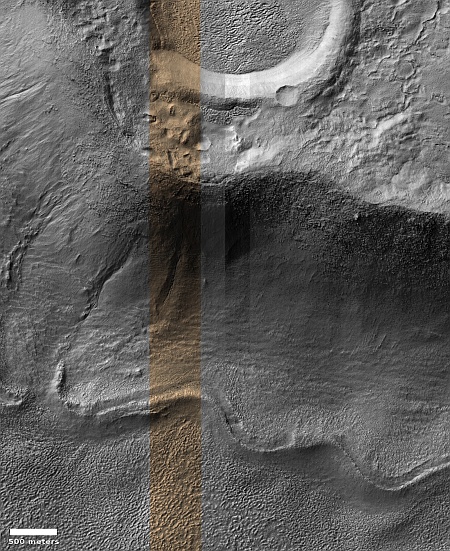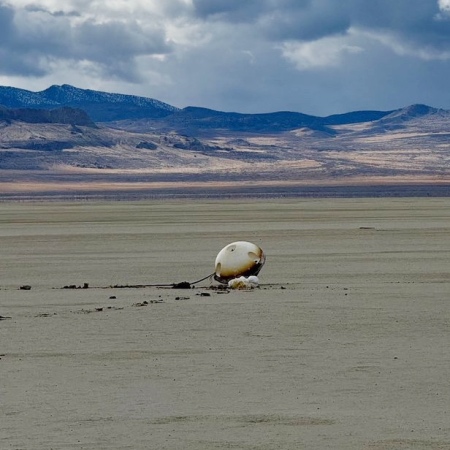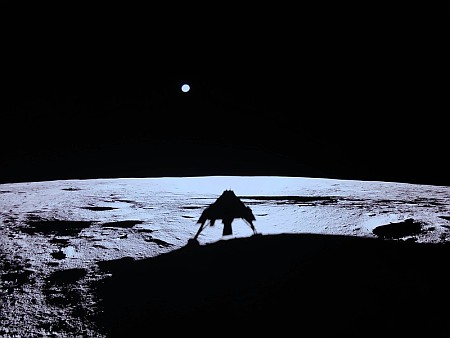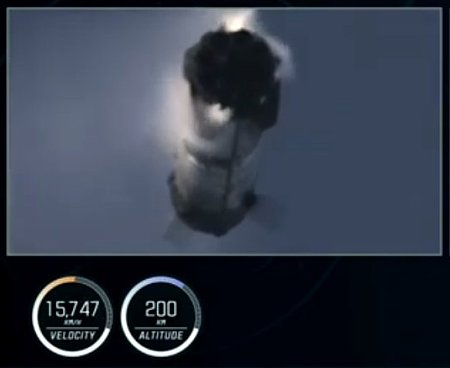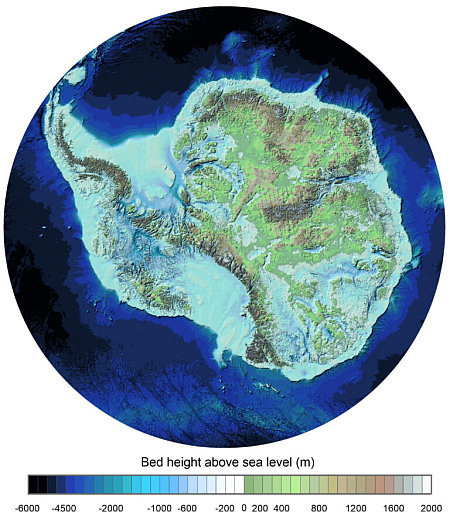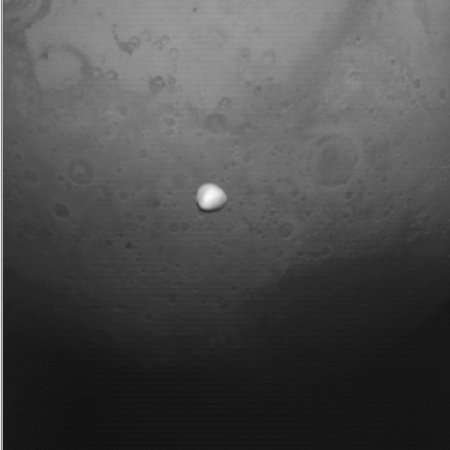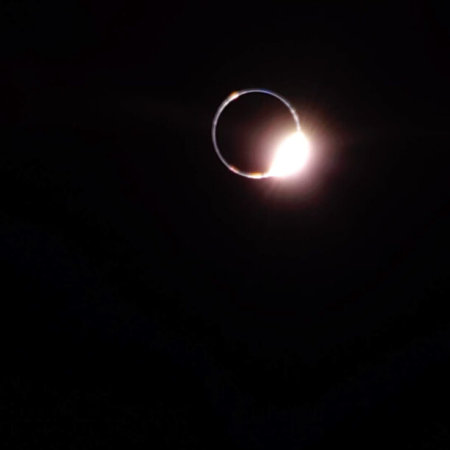SpaceX’s manned Freedom capsule has undocked with ISS with its crew of four
SpaceX’s manned Freedom capsule tonight undocked with ISS, carrying with it the two astronauts that launched with it in September as well as the two astronauts that launched on Boeing’s Starliner capsule in June.
At 1:05 a.m. EDT Tuesday, NASA astronauts Nick Hague, Suni Williams, and Butch Wilmore, along with Roscosmos cosmonaut Aleksandr Gorbunov undocked from the space-facing port of International Space Station’s Harmony module aboard the SpaceX Dragon spacecraft.
Splashdown is scheduled for 5:57 pm (Eastern) March 18, 2025 off the coast of Florida. I have embedded the NASA live stream below.
Normally the transfer of control of the station from the old crew to the new one takes about a week. In this case NASA cut that transfer time to only three days because of the political desire to get the Starliner astronauts home more quickly. The irony is that NASA decided to leave them up there for almost seven months more than planned in order to disturb its normal ISS launch and crew schedule as little as possible. This effort now to shorten their spaceflight by a few measly days seems quite trivial in comparison.
» Read more
SpaceX’s manned Freedom capsule tonight undocked with ISS, carrying with it the two astronauts that launched with it in September as well as the two astronauts that launched on Boeing’s Starliner capsule in June.
At 1:05 a.m. EDT Tuesday, NASA astronauts Nick Hague, Suni Williams, and Butch Wilmore, along with Roscosmos cosmonaut Aleksandr Gorbunov undocked from the space-facing port of International Space Station’s Harmony module aboard the SpaceX Dragon spacecraft.
Splashdown is scheduled for 5:57 pm (Eastern) March 18, 2025 off the coast of Florida. I have embedded the NASA live stream below.
Normally the transfer of control of the station from the old crew to the new one takes about a week. In this case NASA cut that transfer time to only three days because of the political desire to get the Starliner astronauts home more quickly. The irony is that NASA decided to leave them up there for almost seven months more than planned in order to disturb its normal ISS launch and crew schedule as little as possible. This effort now to shorten their spaceflight by a few measly days seems quite trivial in comparison.
» Read more



